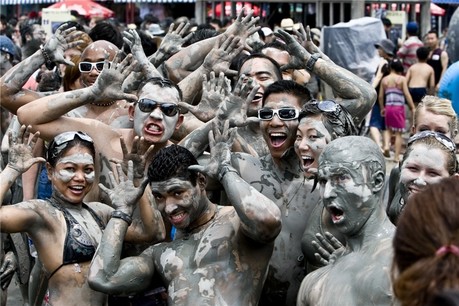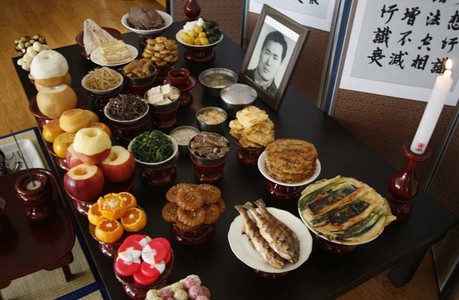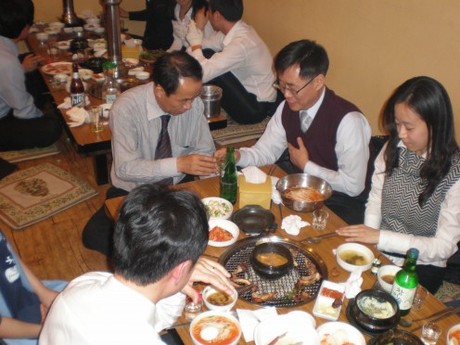Traditional Korean thought
Traditional Korean thought has been influenced by a number of religious and philosophical thought-systems over the years. As the main influences on life in Korea, often Korean Shamanism, Buddhism, and Confucianism. These movements have shaped Korean life and thought.
Shamanism
Traditional rites and shamanistic practices have developed in Korea for millennia. Throughout Korean history, native shamanism deeply influenced and was influenced by Buddhism and Taoism. In contemporary Korean, a shaman is known as a mudang.
Even though belief in Korean shamanism is not as widespread as it once was, the practices are kept alive. The mudang seeks to solve human problems through a connection to the spirits. This can be seen clearly in the various types of gut that are still widely performed.
Buddhism
Korean Buddhist thinkers refined ideas originally introduced from China into a distinct form. The Three Kingdoms of Korea introduced Buddhism to Japan, from where it was popularized in the West. Korean Buddhism consists mostly of the Seon lineage, which is derivative of the Chen (Zen) Buddhism of China and precursor to Zen Buddhism known in the West through Japan.
Buddhist temples can be found in most parts of Korea and many are considered national treasures.
Haeinsa is a Buddhist temple in South Gyeongsang.
Confucianism
One of the most substantial influences in Korean intellectual history was the introduction of Confucian thought as part of the cultural exchange from China. Today the legacy of Confucianism remains a fundamental part of Korean society, shaping the moral system, the way of life, social relations between old and young, and high culture, and even survived the modernization of the legal system.
http://en.wikipedia.org/wiki/Traditional_Korean_thought




